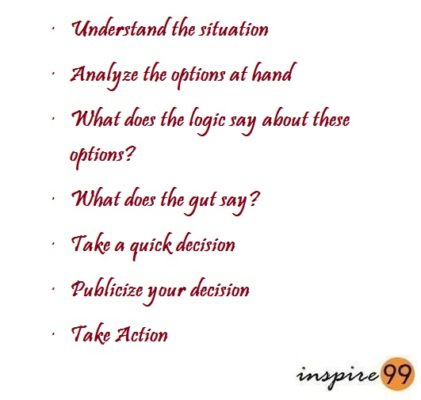Eisenhower Matrix: Time management is hard work and one of the biggest challenges. It can be managed well however with the help of a few frameworks that help you manage it better. The main thing about time management is to have visibility about various things that demand your attention. The Eisenhower Matrix provides one of the best ways to visualise various things based on priority. The framework takes a simple balancing act between two parameters – urgency vs importance.
Most times, our busy minds are focused on doing urgent yet unimportant things while all the strategic and high-value things go amiss. This matrix gives us an approach to take control of how time is distributed between various demanding factors.
What is the Eisenhower Matrix?
The Eisenhower Matrix is also called the 4 Quadrants Matrix because it asks you to visualise activities in these quadrants. Each quadrant represents a space of value. For instance, the important items on the top right of the quadrant are the ones that must demand and get most of your attention. This is quadrant 1 which refers to urgent and important items.
On the flip side, quadrant 4 shows less urgent and unimportant tasks which are best ignored or delegated based on their priority. The worst part is when items in quadrant 4 start taking over quadrant no matter what the reasons are. The Eisenhower Matrix also guides us to move items between these quadrants so that we have enough space for the things that matter the most.
The 4 quadrants in the time management matrix are
- Urgent and Important
- Less Urgent but Important
- Urgent but less important
- Less urgent and less important
The 4 quadrants of time management is a framework that helps you to picture things based on importance. It is a 2*2 matrix with Urgency and importance as the two axes. We map our tasks on this quadrant based on urgency, and importance.
Eisenhower Matrix Quadrant 1: Urgent and Important
This quadrant in the matrix is the most important thing in your list. Instead of a linear to-do list – the quadrant mechanism always shows you what’s most important and where your focus should be. Any time something new demands your attention, look at this list and identify what’s being compromised. In such a scenario you act as a gatekeeper for your time and treat it as a precious resource.

Quadrant 2 – Less Urgent but Important
Quadrant 2 shows high importance but less urgent tasks. This shows things that are important in the long term but are not urgent. Most times in time management, the urgent tasks tend to take over Quadrant 2 making it the most vulnerable quadrant. While using the Eisenhower matrix, we must make sure that we take special importance to this quadrant. Examples of Quadrant 2 categories are – networking, strategic planning, self-improvement, physical exercise etc.
The most important thing is to ensure that you’re not sacrificing Quadrant 2 of time management for items in Quadrant 3 or 4 because of their urgency.
Quadrant 3 – Urgent but less important
This is the most distracting quadrant in the time management matrix. Unfortunately, the urgent items falling in this quadrant can take over the other 3 sections. These can be simple tasks such as helping out someone on a quick call or those pesky phone calls that you didn’t expect. They seem innocuous but can distract us from doing the other important work. I’d encourage you to employ the defer or delegate tactic from the 4Ds of time management.
Quadrant 4 – Less urgent and less important
This is probably an easy quadrant to deal with. Technically, we must spend the least time on this quadrant. Work that you can either procrastinate or delegate should sit in this quadrant. Although we talk extensively about preventing procrastination, some of these tasks benefit from this.

Pingback: The best preparation for tomorrow is doing your best today - Inspire99
Pingback: 4D's of time management for prioritisation - Inspire99
Pingback: Top 5 Time Management Strategies to be smart about your time - Inspire99
Pingback: If you want something done right do it yourself - Inspire99
Pingback: 8 Powerful Time Management Quotes for students - Inspire99
Pingback: Efficiency is doing things right Vs Effectiveness! - Inspire99
Pingback: So often people are working hard at the wrong thing - Inspire99 %startup
Pingback: 8 Rules for goal setting to Achieve Your Dreams - Inspire99
Pingback: Time Management: 10 Tricks For Absolute Time Mastery - Inspire99
Pingback: How to use time effectively - 5 Key Tips - Inspire99
Pingback: You Will Never Have Time For Anything : Charles Buxton - Inspire99
Pingback: How to deal with Not Having Enough Time? - Inspire99
Pingback: To live in the present moment is a miracle - Inspire99
Pingback: Time Management is Life Management - Brief Essay - Inspire99
Pingback: The key is in not spending time, but in investing it - Stephen Covey -
Pingback: 8 Time Management Skills to Increase your Productivity - Inspire 99
Pingback: How to stop procrastinating - 6 Steps to Manage Time - Inspire 99
Pingback: Time isn’t the main thing, it’s the only thing - Miles Davis - Inspire 99
Pingback: Tools to manage to do list for increased productivity - Inspire 99